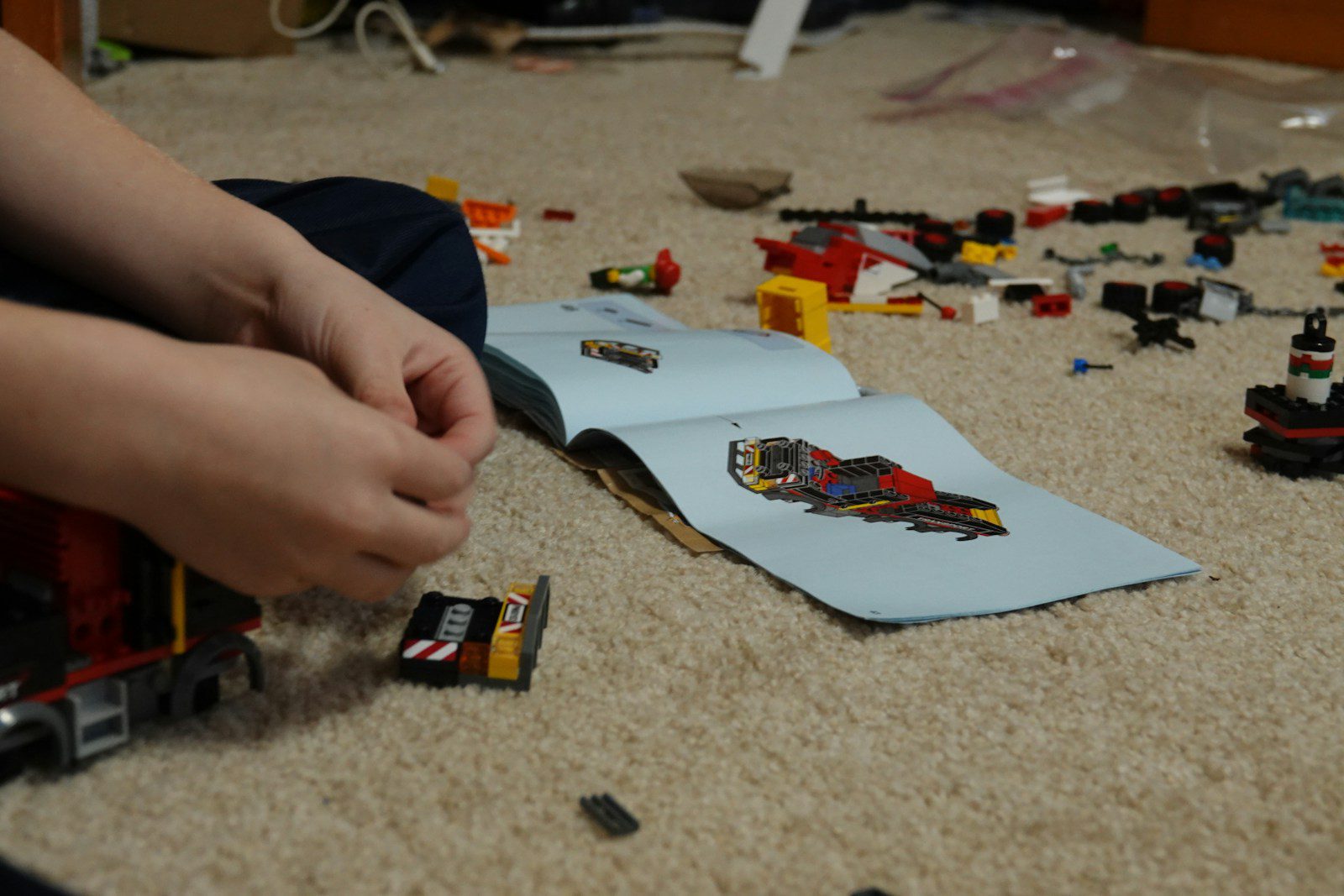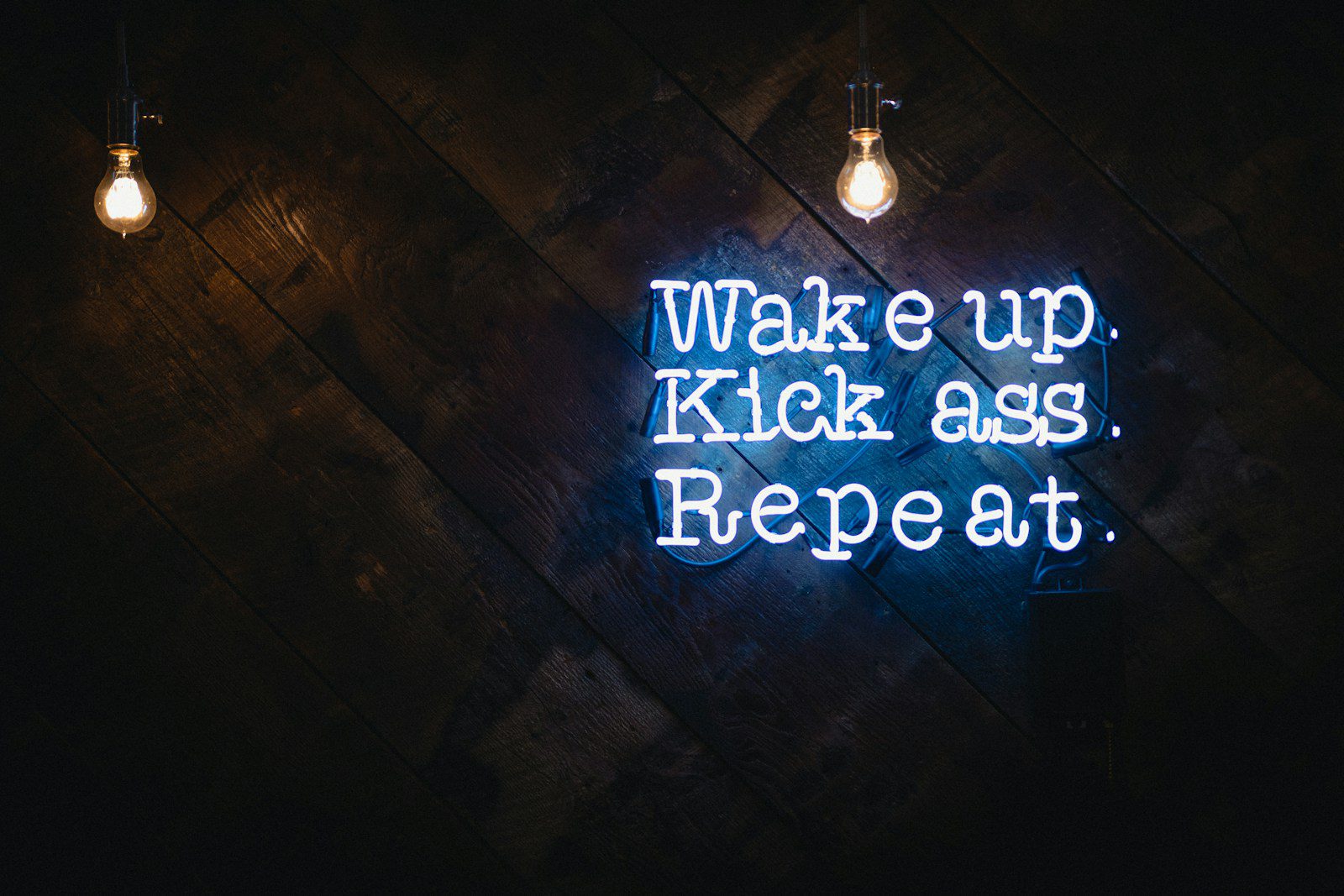ADHD Time Management: How to Stay on Track Without Losing Your Mind
Ever feel like time just disappears?
You start the day with big plans, and suddenly, it’s 6 PM, and you’ve done nothing you actually needed to do.
That’s ADHD time management in action—or rather, the lack of it.
You’re not lazy. Your brain just doesn’t feel time the way neurotypical people do.
Deadlines? They don’t exist until they’re screaming at you.
Long-term planning? Feels like guessing.
Task switching? Might as well be teleporting between dimensions.
But here’s the good news: There are ADHD-friendly ways to fix this.
I’m going to break down ADHD time management strategies that actually work—so you can get more done, make more money, and stop feeling like you’re constantly behind.
Let’s go.
ADHD isn’t just about focus. It’s an executive function disorder, which means it screws with your ability to plan, prioritise, and track time.
Here’s what’s happening in your brain:
- Time blindness – You don’t sense time passing like others do. A 5-minute break turns into an hour.
- Now vs. Not Now thinking – If a task isn’t urgent right now, it might as well not exist.
- Task initiation struggles – Starting a task feels like lifting a truck, even if it’s small.
- Hyperfocus traps – You either can’t start, or you can’t stop. There’s no in-between.
That’s why traditional time management advice doesn’t work.
You don’t need another planner.
You don’t need more motivation.
You need systems that work with your ADHD brain—not against it.
ADHD Time Management Strategies That Work
Let’s get into the good stuff. These strategies help you get more done with less stress.
1. Time Blocking with Flexibility
If you try to follow a strict schedule, you’ll fail.
But if you don’t have any structure, your day turns into chaos.
The fix? Time blocking—but ADHD style.
Here’s how:
- Create loose time blocks instead of rigid schedules. Example: 9 AM–11 AM = Deep Work. 11 AM–12 PM = Admin Tasks.
- Use alarms and reminders to start and stop. Otherwise, time will disappear.
- Batch similar tasks together. Switching between tasks drains your focus. Stick to one type of work at a time.
It’s structured enough to keep you on track—but flexible enough so you don’t feel trapped.
2. Pomodoro Technique (But ADHD-Friendly)
You’ve probably heard of the Pomodoro Technique:
- Work for 25 minutes
- Take a 5-minute break
- Repeat
Sounds great, right?
Except for ADHD brains, 25 minutes might be too short—or too long.
So, adjust it.
- Try 10-minute sprints if you struggle to start.
- Try 45-minute deep focus if you get into flow.
- Use a visual timer so you can see time passing (Time Timer is great for this).
The goal isn’t to follow rigid rules. It’s to trick your brain into starting and keep you moving.
 3. Externalise Time (Because You Can’t Feel It)
3. Externalise Time (Because You Can’t Feel It)
If you don’t see time, it doesn’t exist.
So make it visible and external:
- Use big wall calendars—not just digital ones.
- Put sticky notes where you’ll actually see them.
- Set countdown timers for everything (meetings, breaks, deep work).
If time isn’t physically in front of you, it’s too easy to ignore.
Tools & Apps That Actually Help ADHD Time Management
Not all productivity tools work for ADHD brains. Most are too complicated, too rigid, or too boring.
These actually help:
- Use Motion – Visual project management for tracking big tasks.
- TickTick – A to-do list app with a built-in Pomodoro timer.
- Forest App – Keeps you focused by gamifying deep work.
- Time Timer – A simple visual timer that shows time disappearing.
The key? Use the simplest tool that keeps you on track. If it feels like a chore, ditch it.
Beating Procrastination & Overwhelm
Ever stare at your to-do list, knowing exactly what you need to do—but you just… don’t do it?
That’s ADHD procrastination.
It’s not laziness.
It’s your brain avoiding discomfort—because the task feels too big, too boring, or too unclear.
Here’s how to get around it:
1. The 2-Minute Rule (Trick Your Brain Into Starting)
Your brain hates starting.
So make it too easy to fail.
- If a task feels overwhelming, shrink it to 2 minutes.
- Instead of “write report,” make the goal “open the document.”
- Instead of “clean the office,” “throw one thing away.”
Once you start, momentum kicks in.
Starting is the hardest part. This removes the resistance.
 Building ADHD-Friendly Habits That Stick
Building ADHD-Friendly Habits That Stick
Time management only works if you keep doing it.
But ADHD brains hate consistency.
One day you’re on fire.
The next day? You forget the system even exists.
Here’s how to fix that.
1. Link New Habits to Existing Ones
Your brain already runs on autopilot for certain things.
- Do you always make coffee in the morning?
- Always check your phone first thing?
- Always brush your teeth at night?
Attach new habits to these.
- “Check my planner while drinking coffee.”
- “Write my top 3 tasks after brushing my teeth.”
- “Set my daily priorities before checking emails.”
This way, your new habit rides on an existing routine.
Conclusion: ADHD Time Management Is About Systems, Not Willpower
If you’ve been failing at ADHD time management, it’s not your fault.
ADHD brains don’t work like neurotypical ones.
- You don’t need more discipline.
- You don’t need another planner you’ll forget to use.
- You need systems that make time visible, motivation automatic, and starting easier.
Try these strategies.
Make time external.
Use timers, alarms, and visual reminders.
Trick your brain into starting.
Make work fun or rewarding.
Attach new habits to existing ones.
ADHD time management isn’t about “trying harder.”
It’s about working with your brain—not against it.
FAQs
1. Why do I struggle so much with ADHD time management?
ADHD messes with time perception, planning, and task switching. You don’t “feel” time passing the way others do, which makes it hard to manage.
2. How do I stop wasting time on unimportant tasks?
Use time blocking to structure your day, and set reminders to switch tasks so you don’t get stuck in hyperfocus.
3. What’s the best planner for ADHD time management?
The best planner is the one you’ll actually use. Notion, Trello, or TickTick work well for digital tracking.
4. How do I stop procrastinating when I know what I need to do?
Break tasks into 2-minute actions, use gamification to make boring tasks fun, and commit to “just starting” instead of worrying about finishing.









